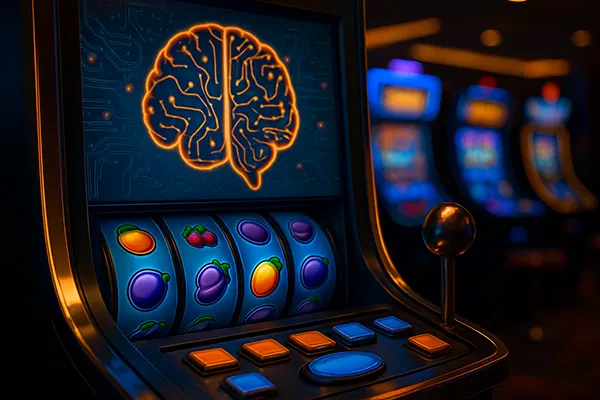
Slot Algorithms in 2025: Have They Become More Complex?
Slot machines have always fascinated players with their mix of randomness and potential rewards. But behind those spinning reels lies a sophisticated system — algorithms that determine every spin’s result. As we enter 2025, many players and industry observers are asking: have these algorithms become more complex? The answer lies in the intersection of technological progress, legal regulations, and industry demand for fairer and more engaging games.
Technological Evolution of Slot Algorithms
The past decade has witnessed remarkable improvements in the design and architecture of slot machine algorithms. These systems have moved far beyond simple Random Number Generators (RNGs). By 2025, most modern slots incorporate multifaceted algorithmic logic that adapts to player patterns and enhances engagement.
For instance, many machines now include weighted RNGs, which do not just pick numbers at random but adjust probabilities based on configurable parameters. This allows developers to tailor gameplay without compromising fairness. In addition, real-time data processing enables machines to shift gameplay dynamics in response to collective user behaviour trends.
Moreover, advanced encryption and verification protocols have become the industry standard. These technologies ensure that each result remains unpredictable and tamper-proof, addressing rising concerns around data privacy and fraud.
Use of Artificial Intelligence in Slot Systems
Artificial intelligence is increasingly influencing slot development. While not directly altering game outcomes, AI helps developers analyse vast datasets on player habits and preferences. This insight is then used to design more appealing features, such as bonus triggers and reward pacing.
Some next-generation systems can adjust the volatility of a machine depending on session duration, ensuring that players experience a balanced mix of wins and losses. Though controversial, this approach aims to increase session satisfaction while remaining within regulatory bounds.
It’s important to note that while AI may make slot systems appear more complex, it doesn’t compromise their fairness. The core logic still depends on certified RNGs subject to regular audits by independent agencies.
Regulatory Shifts and Transparency Requirements
One of the defining trends in 2025 is the shift toward stricter transparency and compliance rules for game providers. Regulatory bodies in the UK, EU, and parts of North America have introduced more detailed technical standards that slot machines must meet to operate legally.
These regulations require developers to disclose more information about how algorithms work, particularly in relation to RTP (Return to Player) ranges and volatility indexes. As a result, players can make more informed decisions about which games to play based on their individual preferences and risk tolerance.
Furthermore, many jurisdictions have introduced compulsory certification for every new release. This includes algorithm analysis, lab testing, and gameplay simulation. Such practices ensure that no hidden bias or manipulation is possible, reinforcing public trust in the system.
Greater Role of Independent Test Labs
With the increase in algorithmic complexity, the role of independent testing laboratories has become more critical. These organisations review source code, simulate gameplay over millions of spins, and publish detailed performance reports.
Certification by these bodies is now often mandatory before games can launch in regulated markets. This process may lengthen development timelines, but it ensures compliance and fairness. In 2025, consumers are also gaining easier access to audit summaries directly within games or via public databases.
This level of scrutiny has created a system where even the most complex algorithms must remain transparent and within defined ethical limits, protecting both players and operators from malpractices.

Impact on Player Experience and Industry Trends
Algorithmic advances have directly influenced how players engage with slot machines. Modern titles are designed with layered mechanics — such as cascading reels, multiple bonus levels, and adaptive difficulty — all of which are powered by advanced code structures.
These features not only add depth to the gameplay but also provide longer entertainment cycles. As a result, players today often feel more in control of their session, with clearer visibility into game dynamics and outcomes.
On the industry side, developers are focusing on personalisation. By combining algorithmic design with backend analytics, studios can release games tailored to specific markets or demographic groups. This doesn’t affect the randomness of spins but allows for diversity in visual and structural design.
Looking Ahead: What’s Next for Slot Algorithms?
As 2025 progresses, we can expect even more integration between blockchain technology and slot algorithms. Blockchain can provide immutable records of outcomes, promoting even greater transparency and trust.
Another promising development is the use of neural networks to simulate realistic player behaviour during game testing. This helps developers identify potentially problematic mechanics before public release, improving player safety.
Ultimately, while slot algorithms have become more complex, this complexity is geared toward fairness, transparency, and improved user engagement — not deception. With proper oversight, these changes mark a positive evolution for the entire industry.
